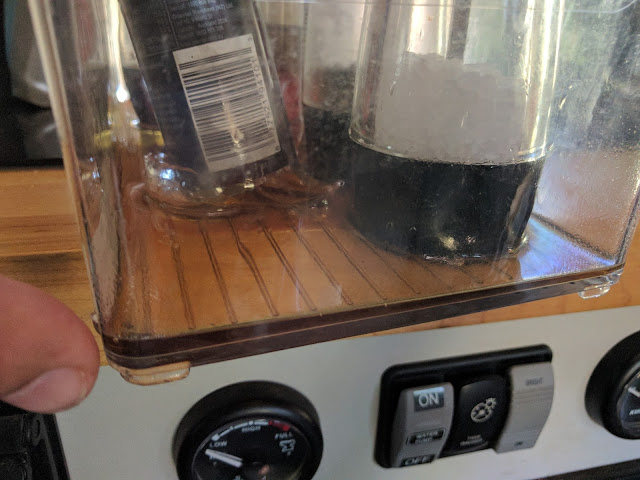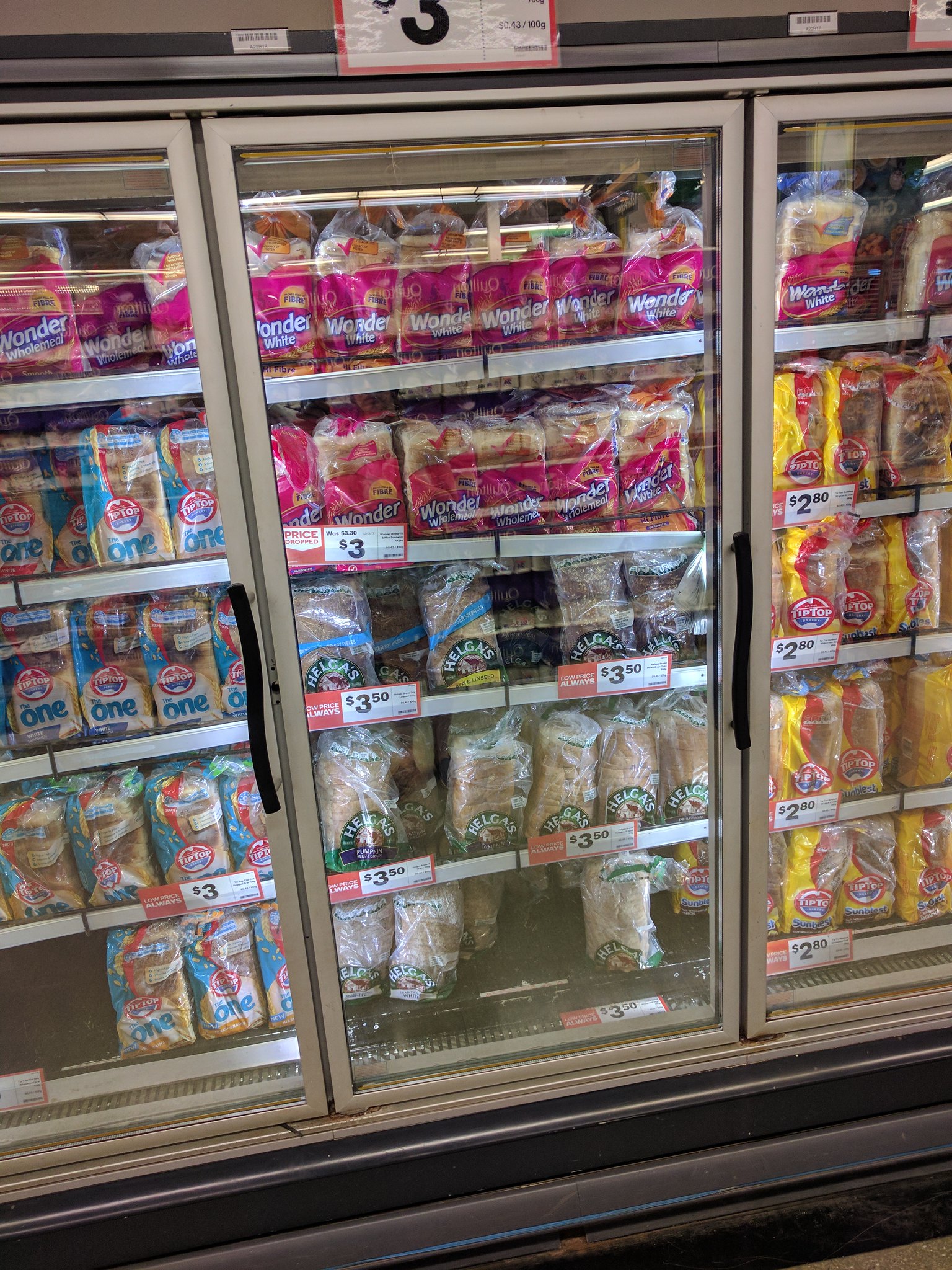Turns out there is a lot in the red center to see. However, the majority of it is west and south of Alice Springs, whereas the stuff east of it is pretty even with it. So, we decided to hit up the East MacDonnell Ranges before heading west and south. These scenic ranges are not as popular, especially since it only recently got bitumen on the highway there.
Since it was getting fairly late and it was a weekend, we chose to start off at Trephina Gorge. This put us quite a distance from town (to avoid overnight drinkers) and let us work progressively westward.
That next morning, though, as I cut an apple for breakfast, I managed to fling a knife on the ground and cut myself. This was a first for me. Fortunately, it didn’t really hurt, but it did bleed a lot. I put on my big-girl shoes, stuffed some padding into my shoe (the cut was right where my shoe ties) and went on our planned walks for the day.
Upon returning to the van, we were bombarded by a strong sesame-oil fragrance. Turns out that that during the difficult 4WD trip up to the Chain of Ponds walk, the glass bottles of sesame oil and soy sauce bounced at least one time too many against each other and shattered the bottom of the sesame oil. Good thing we keep everything in these containers! Note to self: don’t put glass containers next to each other!
From Trephina Gorge, we went to N’Dhala Gorge, where we had the campground to ourselves. The walk the next morning was filled with many petroglyphs. They were located in such bizarre temporary locations (fallen rock, below the waterline).
This is Corroboree Rock. What is interesting is that it is particularly long and narrow.
This Port Lincoln Ringneck and its mate flitted past us at Jessie Gap.
Then, we were back in Alice Springs, ready to head west and south.
Personal Note: By the point we reached Trephina Gorge, my knee was feeling really good again. I had even restarted my cardio and weightlifting exercises. But then, all day at the Trephina Gorge National Park, I walked 8.2 km forgot to put on a brace or tape. I felt fine during those walks, but afterwards my knee was sore and (spoiler alert:) my knee still hurts several weeks later. It feels really strong, but I can’t seem to get rid of the stiffness. I am trying another regimen of anti-inflammatory pills to try and get it under control, but still appreciate your prayers. Oh, and my back rash/fungal infection still hasn’t gone away, so I am going to the doctor again for that.


